On June 16th of this year, a modest high court in India began to make both national and international headlines, for issuing a landmark judgement that explicitly recognised that under the Indian code of law, a transgender woman is entitled to the same protective legislation as a biological woman would be. Justice Venkata Jyothirmai Pratapa of the Andhra Pradesh High Court concluded a case by emphasising that denying a transgender woman the legal status of “woman” is unconstitutional and violates the key tenets of equality, dignity, and identity that are afforded to a recognised citizen of India.
NALSA’s move beyond the cis-tem
Citing the foundations laid by the much-celebrated 2014 NALSA v. The Union of India judgement issued by the Supreme Court of India, the Andhra High Court reiterated that discriminating between a trans woman (an individual that is born male, and who later transitions to female) and a woman ‘solely on the ground of her reproductive capacity’ is not only an argument that is ‘deeply flawed and legally impermissible,’ but more seriously, in direct violation of Articles 14, 15 and 21 of the Indian Constitution.
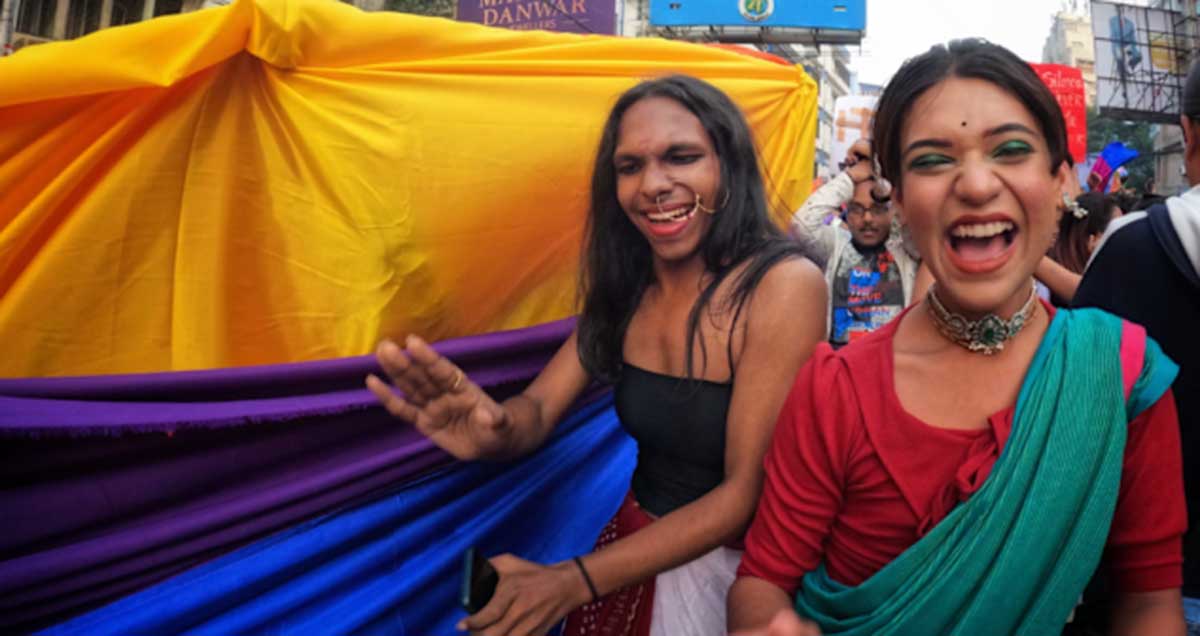
Under the six fundamental rights accorded to every recognised Indian citizen, Article 14 specifies an opportunity for equal treatment under the eyes of the law, while Article 15 prohibits any form of discrimination on the basis of religion, race, ethnicity, caste, and finally, sex. Additionally, Article 21 of the Indian Constitution promises the protection of both life and the personal liberty of each and every one of its citizens. Building on these fundamental tenets of the Supreme Law of the land, the Supreme Court’s judgement in National Legal Services Authority v. Union of India & Ors. in 2014, or NALSA for short, mandated the legal recognition of transgender individuals. The implications of this judgement enabled citizens to not only legally identify as third gender, but also as either male, or female. ‘Self-identified gender can be either male or female or a third gender,’ said the Supreme Court, and extended the definition of the word “sex” as a category on the basis of which discrimination is prohibited by Article 15. The Court insisted that here, “sex” cannot be restricted to biological factors (such as chromosomes, hormone levels, genitalia, and so on) alone, but must also be included to mean an individual’s self-perceived “gender identity” as well.
The Andhra Pradesh High Court’s dismissal of the premise that an absence of reproductive capacity negates womanhood is consequently consistent with the legal interpretation that expands the definition of “sex” to include “gender identity.”
As such, the provisions for a transgender woman to be protected under the ambit of law just like any other gendered citizen of the country are already ensured by the NALSA judgement. The Andhra Pradesh High Court’s dismissal of the premise that an absence of reproductive capacity negates womanhood is consequently consistent with the legal interpretation that expands the definition of “sex” to include “gender identity.” In other words, the verdict of the high court is not a landmark judgement per se, but merely an exemplification of the powers and rights accorded to trans individuals by the NALSA judgement itself. This is what the NALSA judgement looks like, in practice.
Despite the mere clarificatory nature of the verdict, a wave of jubilation has animated queer communities across the world. Activists and newspapers alike have come forward to celebrate the implications of what is being a landmark judgement.
The great western detransition
Even as the Andhra Pradesh High Court judgement upholds what the Supreme Court already established over a decade ago, the cause for celebration is far from unfounded. With Trump’s recent return to power, the United States of America has seen a blitz of executive orders dismantling the protective measures instated for transgender people by previous administrations. According to the executive order released within mere hours of his Presidential swearing-in, the US Government recognises only two sexes, male and female, both of which are fixed at birth. ‘Sex is not a synonym for and does not include the concept of ‘gender identity,’ it declared.
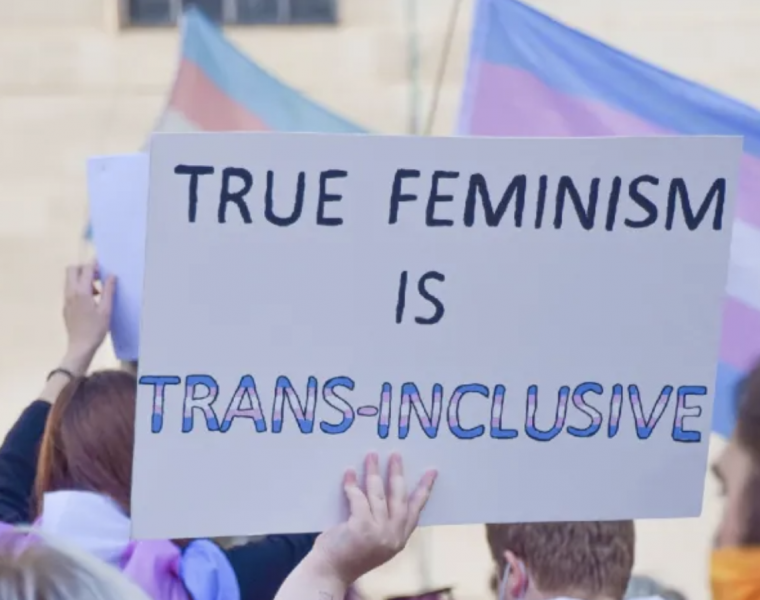
In a similar vein, the UK Supreme Court recently decreed that the legal definition of ‘woman’ is based on biological sex alone, and cannot be extended to mean a self-defined gender identity. In other words, even transgender women holding Gender Recognition Certificates (GRCs) will not be considered ‘women’ under the 2010 Equality Act. The judgement argues that ‘interpreting ‘sex’ as meaning certificated sex’ would cut across the definitions of ‘man’ and ‘woman,'” which would inevitably render the “protected characteristic of sex” as “incoherent.”
Both the United States of America and the United Kingdom are well-reputed to tout themselves as progressive, “first-world” nations, especially in comparison to the global South. This rhetoric has been in place ever since the days of the Empire. It mirrors the arguments posed by the civilisational benefits brought into ‘barbaric’ nations, a logic that is often shortened into the phrase “The White Man’s Burden,” borrowed from the eponymous poem by Rudyard Kipling. Increasingly, however, we have seen these so-called progressive nations enact policies and legislations that seem to be a step backward, rather than in the name of liberal egalitarianism. What is clear in the logic purported in the case of both of these arguments toward the difference, and therefore, acceptability, of the terms ‘sex’ and ‘gender’ is that while the former is defined biologically, and therefore natural, while the other is an attempt to take the course of nature into human hands, and therefore unnatural.
With Trump’s recent return to power, the United States of America has seen a blitz of executive orders dismantling the protective measures instated for transgender people by previous administrations. According to the executive order released within mere hours of his Presidential swearing-in, the US Government recognises only two sexes, male and female, both of which are fixed at birth.
The UK Supreme Court judgement, for example, insists upon a sharp separation between “sex” and “gender” by positioning sex as a natural, “protected characteristic” of the body, while treating gender as a category that requires legal interpretation. In such a framework, “certified sex” cannot be cognate with “natural” sex because it presumes that the latter, as a natural category, is evident in and of itself, and does not ask for the intervention of the law. Ironically, however, the act of pronouncing such a judgement that interprets a fundamental difference between natural and certified sex undermines its own logic of sex as self-evident. By “legally” defining the category of “woman” based on natural sex, the rhetoric of the court instead reveals that the category of sex too relies upon the work of legal interpretation. Similarly, for Trump to have to state in an emphasised executive order that the US Government does not “recognise” genders and sexes beyond the two ‘natural’ ones of male and female, what becomes evident is not the naturality of these recognised sexes, but rather this act of recognition in the first place. Put simply, if the Government must declare to recognise only two sexes as natural, thereby suggesting that they are not, in fact, self-evident, then exactly how ‘natural’ can we contrive to call them?
Woman on the verge of an identity crisis
In the wake of these regressive policies pushed by progressive nations, the Andhra Pradesh High Court’s ruling that affirms that Indian law cannot deny transgender women recognition as women solely because they cannot bear children is a welcome relief. The case with regard to which this landmark verdict was passed has been in circulation at the High Court since 2022. The story began with the marriage of Viswanathan Krishnamurthy and Shabana. Their relationship, like many, was a private affair that eventually faced insurmountable challenges. As disagreements escalated, the marital bond frayed, leading to their separation.
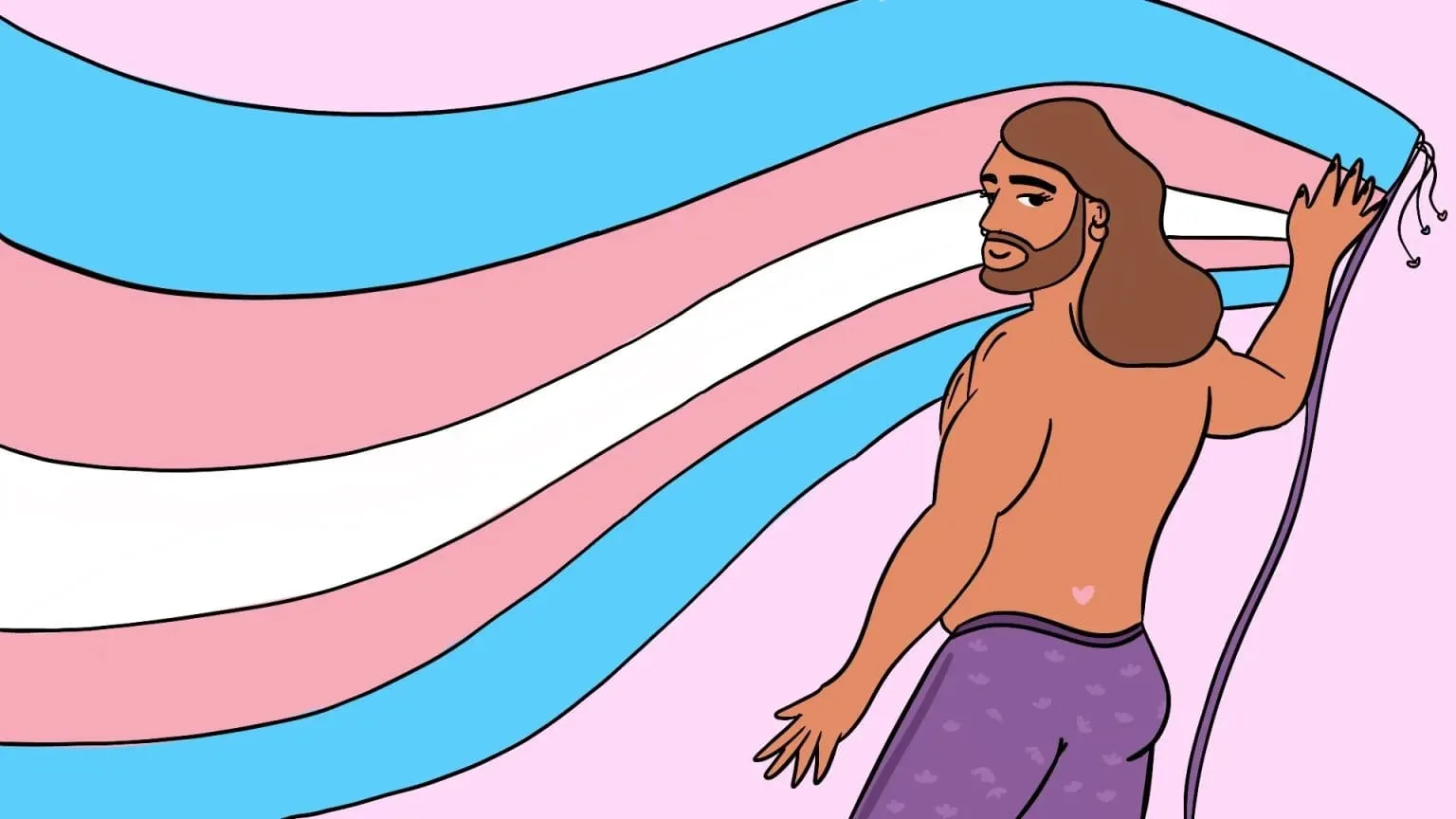
Following the breakdown of the marriage, Shabana took a step that thousands of women in India do each year: she sought legal recourse. Alleging she had been subjected to cruelty and harassment for dowry, she filed a criminal complaint against Viswanathan and his parents under the strict provisions of Section 498A of the Indian Penal Code (IPC). This section is specifically designed to protect married women from cruelty by their husbands or their relatives.
This carries a profound historical irony, given that it was British colonial rule, through draconian measures like the Criminal Tribes Act of 1871, that first systematically criminalised India’s hijra communities.
In response, Viswanathan and his family approached the Andhra Pradesh High Court. Their goal was not just to argue their innocence but to dismantle the very foundation of Shabana’s case. They filed a petition to have the entire criminal proceeding declared legally null and void. Their argument was a direct challenge to Shabana’s identity. Justice Venkata Jyothirmai Pratapa, presiding over the case, refused to accept the petitioners’ narrow definition of womanhood. The court’s judgement was a resounding affirmation of transgender rights, meticulously dismantling the petitioners’ arguments. While the High Court delivered a landmark ruling on the legal principle, it examined the specific facts of Shabana’s complaint against Viswanathan and his family. Upon review, the court found a lack of prima facie evidence to substantiate the claims of cruelty and dowry harassment in this particular instance. Therefore, the court upheld the legal principle that Shabana had the right to file the case, but it quashed the specific criminal proceeding against her husband and his family due to insufficient evidence.
Unburdening the white man
Despite the case’s dismissal, the verdict sets a crucial precedent. It affirms that a trans woman is entitled to the exact modes of legal protection afforded to any woman under Indian law, including the right to file a criminal complaint against her husband in a heterosexual marriage, and thereby secures her legal recognition within the very category of ‘woman’ itself. Ultimately, the Andhra Pradesh High Court’s judgement serves as a potent rebuttal to the very colonial logic of a “civilising mission” that nations like the US and UK so often purport to represent.
This carries a profound historical irony, given that it was British colonial rule, through draconian measures like the Criminal Tribes Act of 1871, that first systematically criminalised India’s hijra communities. In a moment where Western legal systems are ensnaring themselves in the ironic task of legally defining what is ‘natural,’ the Indian court has simply and powerfully affirmed what was already established: that identity is not a matter for biological debate but of constitutional dignity. The ruling’s significance, therefore, lies not in its novelty but in its practical defiance of a regressing global trend. It reveals that while the supposed bastions of liberal egalitarianism are busy dismantling rights, the Indian judiciary is quietly ensuring they are being built, demonstrating with striking clarity whose legal framework is truly proving to be the more coherent, and indeed, the more ‘civilised.
About the author(s)
Ananya is a writer and researcher of all things literature. With a particular emphasis on film, gender, and sexuality, she is great at curating the perfect movie night, but when it comes to life itself, she's still figuring out the script.


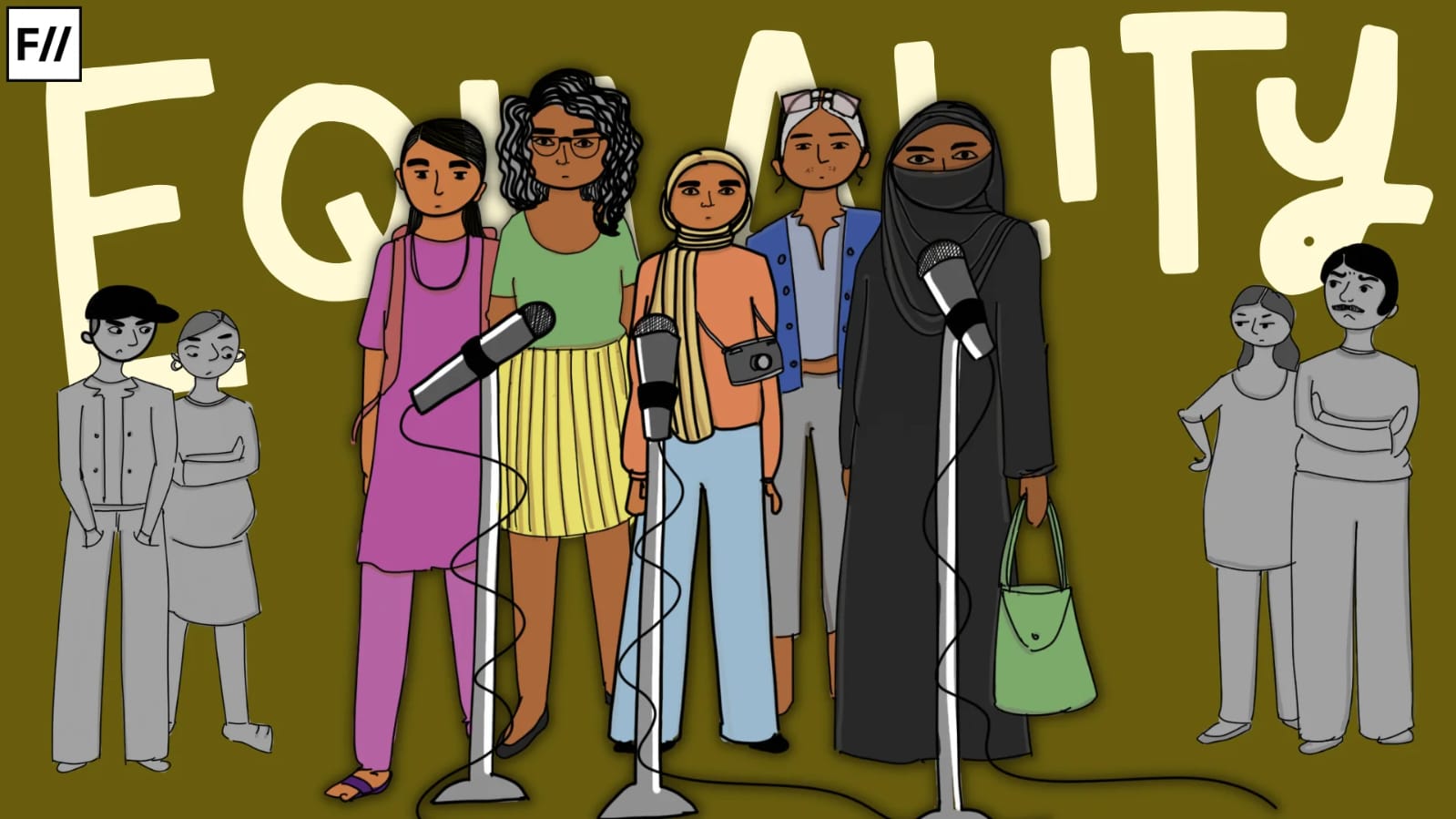
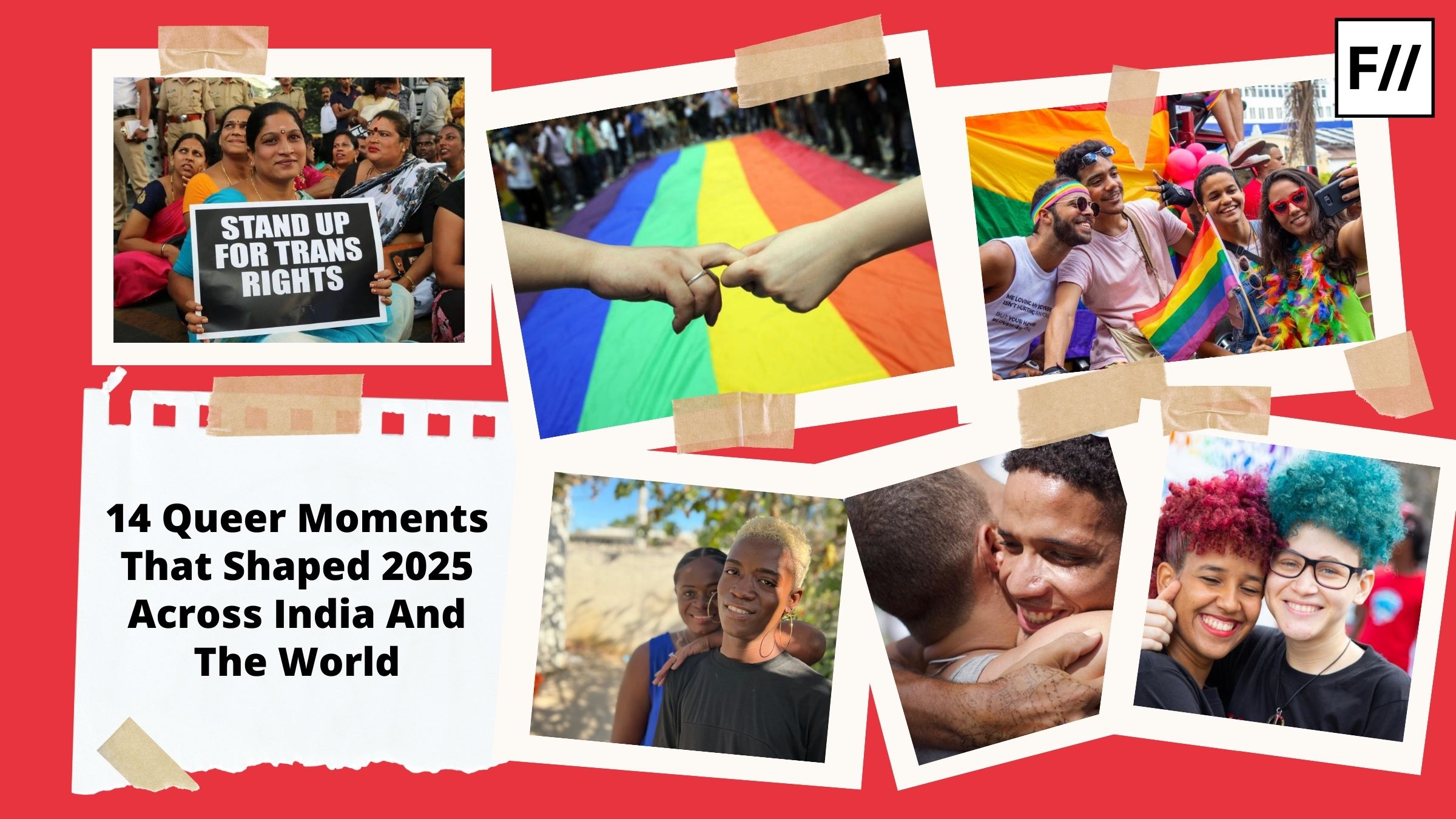


Im curious what your take would be about this senario: had the judge ruled in favor of the defendents, and claimed that Shabana was in fact “male” then wouldn’t that be an indirect acceptance (and the first legal) instance of gay marraige in India? Unless of course the defendant also presented counter-charges of deceitful co-habitation, like in the case of Pinki Pramanik. Do respond…
Fantastically written!